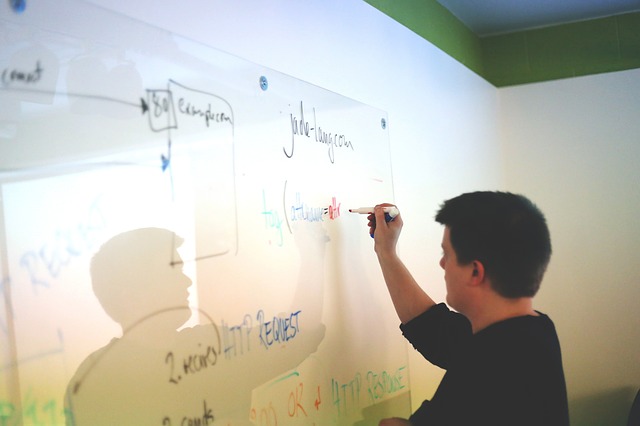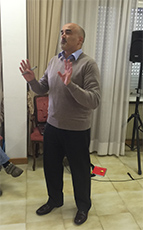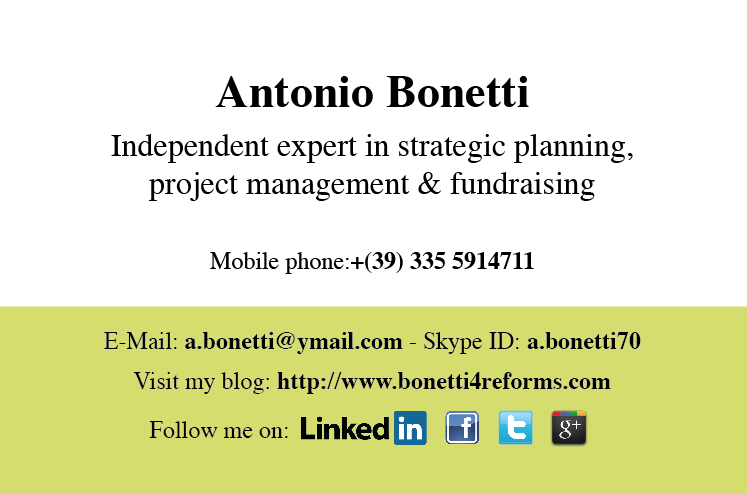The AAL Programme in a nutshell
How modern Welfare States are designed is bound to change profoundly. This is due to many pressures. Europe records two particularly pressing trends that pave the way for radical Welfare States reforms that aim to both improve social services and reduce costs:
• the ageing population, that brings about new challenges to Welfare States and new pressures on public finance;
• the discovery of new digital tools and ICT-based products and services aimed at enhancing the quality of life of the sick and the aged, by devising ICT-based solutions to their typical problems.
 Against this background, the Active Assisted Living Programme (launched in 2008 as Ambient Assisted Living Programme) is one of the most interesting financial instruments co-financed by the EU. Actually, the AAL Programme’s mission is to bring new ICT-based products, solutions and service concepts used by or for older people to enhance their quality of life in the context of active and healthy ageing.
Against this background, the Active Assisted Living Programme (launched in 2008 as Ambient Assisted Living Programme) is one of the most interesting financial instruments co-financed by the EU. Actually, the AAL Programme’s mission is to bring new ICT-based products, solutions and service concepts used by or for older people to enhance their quality of life in the context of active and healthy ageing.
The AAL Programme combines different themes that are currently front and center when debating how to match technological progress and changing social needs:
• the focus of research and innovation on pressing social needs, but with a view to developing new markets. The AAL Programme finances projects set to discover and/or improve new ICT-based products and services with a time-to-market horizon of 2-3 years, after the end of the project;
• the search for new products and services (in particular, ICT-based products and services) able not only to solve the most pressing problems of end-users, but also to empower them. Actually, the Programme is particularly focused on personal autonomy, dignity and self-esteem of older adults, [1]
• the user-driven innovation approach. Eligible projects have to involve at least end-users organisations, representing older adults. [2]
The call ‘Living well with dementia’: the expected impact on the market
The delivery system of the Programme is based on annual calls for proposals, generally published in February or March.
The 2016 call is focused on a problem – dementia – that is on the increase, because it is widely linked with age. Furthermore, dementia is a syndrome that not only affects older adults, but also their families and their caregivers. [3]
As a result, the call aims to fund ‘ICT based innovative, transnational and multi-disciplinary collaborative projects with a clear route-to-market that support people with dementia and their carers to live in dignity and provide satisfaction through all stages of dementia, with support of the community.’
In fact, the section ‘Expected impact’ of the call highlights that ICT-based solutions are expected to improve the quality of life/resilience of people with dementia, but also to support informal and professional caregivers in order to ‘reduce stress and care burden, build resilience, improve quality, efficiency and effectiveness of care.’
As aforementioned, the AAL Programme aims to finance innovative ICT-based solutions to challenges more and more pressing across Europe, with a clear potential to create new markets and generate new jobs. [4]
This objective is confirmed by the Section ‘Expected impact on the market’ of the call, that remarks that innovative ICT-based solutions should ‘contribute to:
• A larger use of ICT/technology for people with dementia and their supporting community.
• A growing public and consumer market or interoperable and scalable AAL services and products to support active, independent and dignified living for people with dementia throughout all stages.
• More European collaboration, including end-users, industry and other stakeholders in the value chain.
• Savings for the social/care system as people with dementia live in their homes for longer, thus delaying the move to instituzionalised care.’
**************
[1] It seems to me that there are two particularly important key features of this Programme to bring into sharp focus:
- the request for unlocking the potential of innovation in order to improve cost-efficiency and sustainability of health services and medical care, while finding new solutions to acknowledged and emerging threats to citizens health,
- the importance of empowering older adults, by enhancing their personal autonomy, dignity and self-esteem and allowing them to stay in their favourite environments.
[2] The AAL Programme builds on Article 185 of the Treaty on the Functioning of the EU (TFUE). As a result, it follows particular rules jointly established by all Partner States (22) that take part in the Programme. For more information about mission, management and calls for proposals of the AAL Programme visit its website: http://www.aal-europe.eu
In the 2014-2020 programming period, it is based on Decision No 554/2014/EU of the European Parliament and of the Council of 15 May 2014 on the participation of the Union in the Active and Assisted Living research and development programme jointly undertaken by several Member States.
[3] The call was published on 26 February 2016 and the deadline is set on 26 May 2016. The maximum total budget for each eligible project is set at 5 M€.
[4] This is why the consortium must include at least a business partner and an SME.
**************


